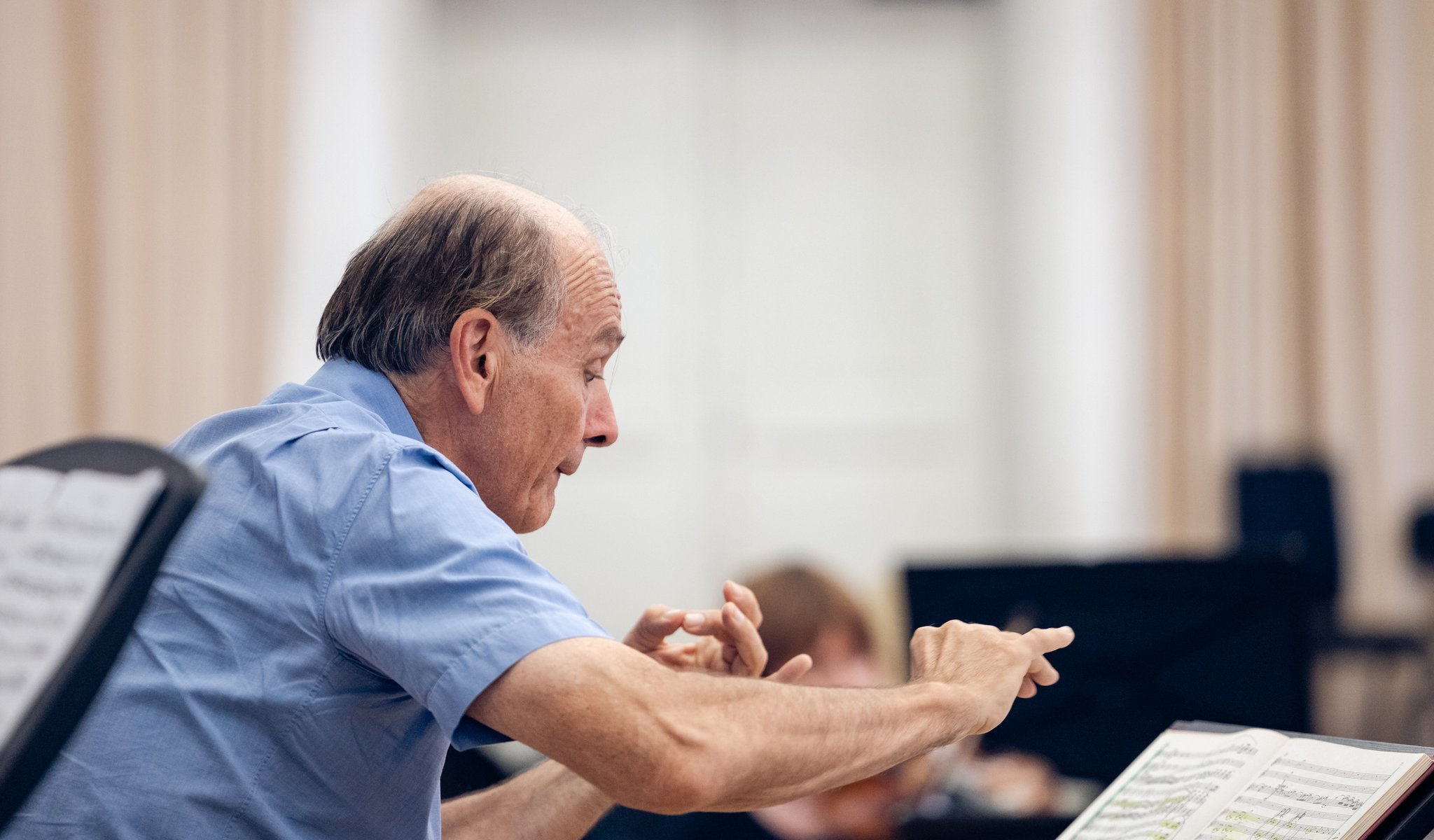

Program
Featuring
Other information
The event is about 2.5 hours long.
About the event
The BFO’s Haydn-Mozart concert in April will be a companion piece to the March program. It starts with one of Haydn’s Paris symphonies, followed by one of Mozart’s most popular concertos, this time for piano and orchestra. The second half of the evening will again feature a Mozart serenade, with a special posthorn appearing in the orchestra. The piano solo will be played by Dmitry Shishkin, a Russian in his early thirties, described by Le Temps as “captivating”. He won second prize at the 16th International Tchaikovsky Competition, and first prize at the Geneva International Music Competition. According to Evgeny Kissin, he is a serious, dedicated pianist, in whom professionalism meets natural finesse. The concert will be conducted by Gábor Takács-Nagy, a specialist of the two composers and the series’ permanent conductor.
By the 1780s, Haydn had become so popular in France that the Concert de la Loge Olympique, a Masonic concert society in Paris, commissioned half a dozen symphonies from him for a substantial fee. The author completed the six works in two years and they were an immediate success. The Symphony in D major is the most richly orchestrated piece in the series: Haydn added trumpets and timpanis to the usual ensemble. After a slow introduction, the first movement opens with a curious main theme that is slow to find its tone. A very slow and very free capriccio, followed by a folk and elegant minuet, after which a finale of repetitive motifs concludes the work.
D minor is a special key in Mozart’s oeuvre. He composed parts of the Requiem and parts of Don Giovanni in it, as well as his 1785 Piano Concerto. Although his works were rarely appreciated by 19th-century artists, the Concerto in D minor was an exception; it is the only Mozart piano concerto to have been performed by Beethoven. The composer finished the score only one day before the premiere but it was still a success. Instead of a fanfare-like revelation, the work begins with a mysterious surge. The piano enters later, quietly, almost frightened. Dramatic storm music is wedged in the middle of the slow movement, a more peaceful romance, and only at the very end of the serious and passionate finale does the sun shine with a D major conclusion.
Minuets are usually the must-have elements of multi-movement classics, with the fewest unexpected twists and turns or passion. They are characterized by a familiar shape, a pleasant lightness of touch and a clear instrumentation. Yet it was one of the minuet movements that made Mozart’s Serenade in D major, composed in 1779, famous, as the seven-movement work’s lively finale is preceded by the sound of a post horn. The opening movement of the work moves from an emotional slow introduction to a brisk fast section. The flutes, oboes, and bassoons take the lead in the next two concerto-like movements, followed by the most tragic music of the piece, before the famous minuet.
Did you know? Haydn composed his Symphony No. 86 in 1787; Mozart’s Piano Concerto No. 20 premiered in Vienna on February 11, 1785, with the composer performing the solo; Mozart’s Posthorn serenade was composed in August 1779; the BFO most recently performed Symphony No. 86 on May 17, 1997 (concertmaster: Péter Szüts); the BFO’s last performance of Piano Concerto No. 20 was on October 21, 2017 (soloist: Emanuel Ax, conductor: Iván Fischer); the most recent performance by the BFO of the Posthorn serenade was December 18, 2010 (soloist: Zsolt Czeglédi, conductor: Ariel Zuckerman).
Contemporary events: Joseph Haydn completed his Symphony No. 88 in G major, one of his most popular pieces, in 1787 / the French painter Jacques-Louis David painted his work The Death of Socrates in 1787 / the Constitution of the United States, in effect to this day, was adopted in Philadelphia on September 17, 1787 / the French miniaturist and portraitist Adélaïde Labille-Guiard painted her painting Self-Portrait with Two Pupils in 1785 / a decree by Hungarian King Joseph II abolished serfdom in 1785 / the book The Metaphysics of Morals Book by the German philosopher Immanuel Kant was published in 1785 / the opera Iphigénie en Tauride, by the German composer Christoph Willibald Gluck, premiered in Paris on May 18, 1779 / Maria Theresa annexed Fiume to Hungary in 1779 as a corpus separatum / György Bessenyei’s philosophical book A holmi was published in Vienna in 1779